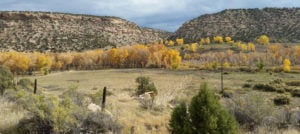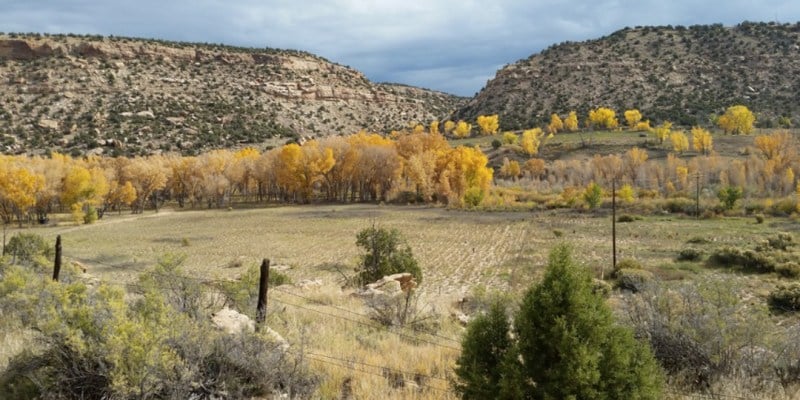
In a new study published in Nature Geoscience, Stanford researchers demonstrated that microorganisms do not always break down organic matter in oxygen-poor areas, causing large amounts of carbon to accumulate in soil and sediments. The study, “Thermodynamically controlled preservation of organic carbon in floodplains,” shows important nuances in the carbon cycle that will aid future work in combating climate change, according to the authors.
Associate Staff Scientist at the Stanford Synchrotron Radiation Lightsource at the SLAC National Accelerator Laboratory Kristin Boye, the lead author of the study, said that the study elucidates carbon preservation.
“Our picture of how organic matter is broken down in soils and sediments is incomplete,” Boye told Stanford News. “With this study, we are gaining new insights into the mechanisms of carbon preservation in low- or no-oxygen subterranean environments.”
Soils and sediments hold abundant stores of carbon that may contribute great amounts of carbon dioxide that are released as greenhouse gases. This unprecedented study reveals subtleties of the carbon cycle, said Boye and Earth System Science Professor Scott Fendorf, who was the study’s senior author.
The authors hope that shedding light on these complexities will help researchers and officials make better climate change policy.
“Getting the constraints right on what really controls the processes of carbon breakdown is essential,” Fendorf said. “That’s what our study helps illuminate.”
Carbon sequestration in soils and sediments may cause unintended consequences in the surrounding environment. Organic matter left undigested by microorganisms can flow into nearby waterways and lead to carbon dioxide production, algae blooms and problems with water quality.
Researchers traveled to the upper Colorado River Basin in Colorado and New Mexico to collect data and samples of sediments from floodplains, using equipment at the Stanford Synchrotron Radiation Lightsource to examine the chemistry of the samples.
They also collaborated with the Environmental Molecular Sciences Laboratory at the Pacific Northwest National Laboratory in Richland, Washington to use their mass spectrometer to further understand the carbon preservation mechanism.
The team found that microorganisms expended more energy to digest the carbon compounds left in the soil than they would have gained to digest the carbon compounds left in the sediment.
“Soils and sediments are a huge and dynamic reservoir of carbon,” Fendorf said. “That’s why we worry about turnover times here with regard to how fast organic carbon is degraded and released as carbon dioxide into the atmosphere.”
Contact Lark Wang at larkw “at” stanford.edu.
